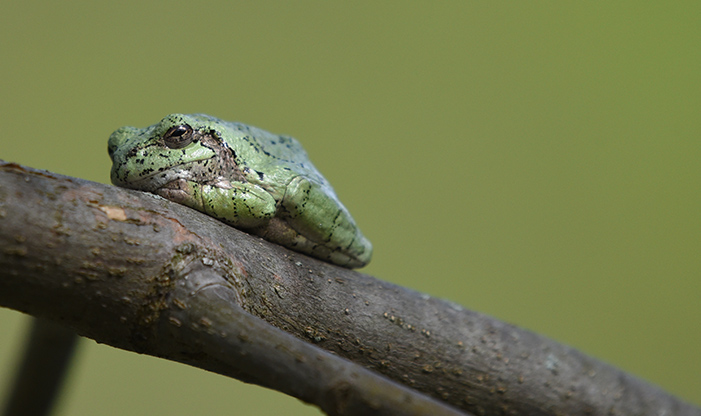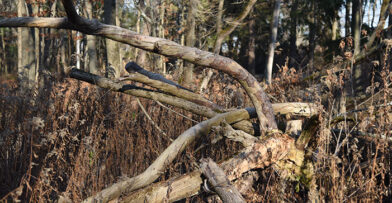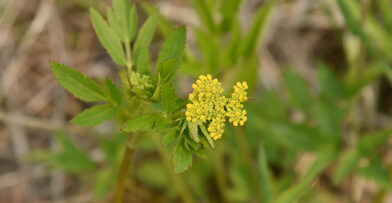Have you ever wanted to help scientists discover important facts about the environment? Consider becoming a citizen scientist and gather vital data about the amphibians and macroinvertebrates at Schlitz Audubon.
Amphibians are amazing creatures that are valuable to the ecosystem, but their numbers have been in decline. Because of their semi-permeable skin, amphibians are sensitive to pollution and other changes in water quality. They are therefore indicators of environmental health. For this reason, it is important to monitor their populations and the health of their habitats.
Volunteers Power Citizen Science
Without the help of volunteers, monitoring these creatures would not be possible. At Schlitz Audubon, citizen scientists have been monitoring amphibians through three main projects.
Our Ephemeral Wetland Monitoring Program trains volunteers to identify frogs, salamanders, and crayfish species. Then they are able to enter the ponds and get up close and personal with the life that they hold. Citizen scientists will discover what frogs and salamanders are breeding in which ponds, and will actually have opportunities to handle these elusive creatures. They will also monitor aquatic insects and invertebrates and learn about the unique and diverse lifeforms that are hiding in plain sight.
Essential Programs Monitoring Amphibians
In 2019, our wetland monitoring survey brought in 26 volunteers who monitored amphibians and invertebrates in six ponds at Schlitz Audubon. They helped find five species of amphibians – Blue-spotted Salamanders who were confirmed to be breeding in each of the monitored ponds, green frogs, spring peepers, gray tree frogs, and wood frogs. Volunteers also discovered 26 different species of macroinvertebrates, including aquatic insects and breeding crayfish. The data collected by these participants is of vital importance to indicate which ponds are sustaining breeding populations of each amphibian and macroinvertebrate species.
Another program is Frogwatch USA, a national citizen science program supported by the Association of Zoos and Aquariums. Volunteers listen to frog and toad calls during the breeding season and record their observations. This data helps us understand the size and distribution of frog and toad populations at Schlitz Audubon. In 2019, volunteers observed two previously undocumented frog species at the Center.
We also participated in the Wisconsin Frog and Toad Survey, a monitoring project that gathers data for the Wisconsin DNR. Volunteers collected data on breeding frog and toad populations at Schlitz Audubon and other ponds in northern Milwaukee County. The DNR compiles our data with other surveys throughout Wisconsin to gain a better understanding of the statewide health of frogs and toads.
Data Helps People Make Conservation Decisions
The data that is collected is shared with our conservation department. They can use the information to help their decision making when it comes time to taking out invasive plant species, planting new trees, or even introducing native amphibians to our ponds at Schlitz Audubon.
Anyone can become a citizen scientist with no prior experience required, just a love for nature and an interest in wildlife! Volunteers are trained on site at Schlitz Audubon and learn how to identify species, the protocol for each project, and how to gather meaningful data that can be used to improve the habitats at our Center.


